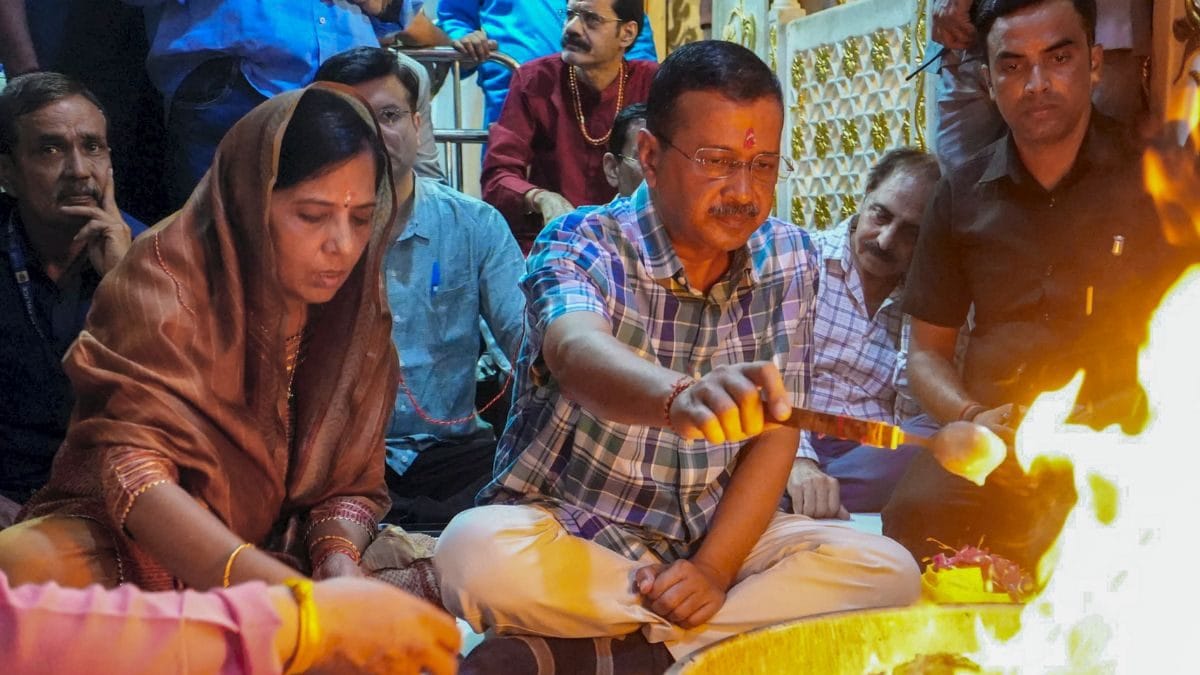For a while there, it was touch and go for the buffet. While rumors of its death may have been greatly exaggerated, the past few years haven’t exactly been a boon for the more-is-more, AYCE category. (If you don’t know that that stands for all-you-can-eat, well, grab yourself some stretchy pants and head to Cinzetti’s, stat.)
Many buffets were on life support during peak COVID, with several — RIP Sweet Tomatoes and countless weekend brunch buffets — not making it. Skyrocketing food costs, a rising minimum wage and lingering COVID precautions and fears have made setting out a line of heaping serving dishes and setting hungry diners loose upon them not quite as good of an idea as it was in our pre-face-coverings era.
But buffets have survived. They’ve flipped on the meat carving station’s heat lamp, stacked that peel-and-eat shrimp and pulled through. Or, at least, some of them have.
Little India brought back its iconic lunch buffet at three of its locations. (The Central Park outpost never did the AYCE deal because of the lack of office space in the area.) Owner Simeran Baidwan said it’s tough in the summer months, though, to get people to stuff themselves silly, and that current challenges are mounting.
“It’s different times,” Baidwan said. “Minimum wage has gone up, food costs have gone up, the whole dine-in business hasn’t bounced back yet.”
He started the AYCE lunch buffet in 1998 at the Sixth Avenue and Grant Street location. It used to cost $5.95 but, yeah, it’s not the 1990s anymore, folks. Little India’s buffet is now typically $16.99, but for the month of June Baidwan dropped the price to $10 to get more people through the door. You’ve got to keep the food fresh with a buffet, and all that saag isn’t going to eat itself.
“Inflation is killing us, property taxes are crushing us,” he said. “I’m involved on a daily basis in my restaurants to micro manage and to cut costs, but I can’t compromise to buy something cheap. Like spices, rice by the pallet — it’s just crazy pricing. It’s really choking us, but we’re going to keep plugging away and do the right thing … . My parents told me save, save, save for a rainy day, so that’s what we’ve done.”
ViewHouse Centennial also continues its buffet, a Sunday-only extravaganza that still includes the nearly extinct AYCE crab legs. (For just $39.95, people!)

“We launched coming out of COVID and picked up right where we left off,” ViewHouse’s director of operations Tyler Warfield said. The Centennial restaurant unpacked the chafing dishes after a year off in summer 2021, and Warfield said they’ve seen the same amount of customers as they had before the 2020 closures.
As for escalating food costs, they try to balance out their buffet offerings to make it more cost-efficient. (Don’t worry; Warfield said they won’t touch those crab legs.)
At Cinzetti’s, the Northglenn AYCE Italian buffet, managers have managed to maintain the same dishes, too, which include a dizzying array of options. We’re talking chicken cacciatore, eggplant parmesan, calamari, multiple pizzas, a whopping 16 flavors of ice cream, and probably a hundred or so more items. (We told you to bring the stretchy pants.)
Cinzetti’s main change post-COVID was eliminating its weekday lunch. (The buffet is open for dinner nightly and brunch on Saturdays and Sundays.) “It was never really our strongest time, so we honed in on what the most popular times were for us and focused on those,” general manager David Meredith said. “That made it more efficient for us … . Business has been great [since COVID], with maybe even an increase from before. The response has been phenomenal.”
Like Baidwan, Meredith said that the higher minimum wage does affect business, but on a recent bustling Tuesday night, all stations were well staffed. “We have to be smart about the labor dollars we spend, but yes, it does have an impact,” he said.
Some brave entrepreneurs are even opening new buffets, like the Mediterranean Sawa near the University of Denver. Sawa, which opened in early May, has an a la carte menu in addition to the lunch and dinner buffets, plus a catering operation to help boost revenue. But for owner Sara Hamid, the buffet style just made sense.
“As a Middle Easterner, if you came to our house, we would keep feeding you. I would try to do everything I can to please you, so I’d be feeding you a lot — everything! That’s the way we are. It [Sawa’s buffet] comes from this concept,” Hamid said.
Sawa is primarily operated by refugee women from countries like Sudan, Syria and Ethiopia. Some of them had successful restaurants back home, but wars ruined their dreams and uprooted their lives. Now they’re helping Hamid cook the chicken shawarma, baklava and 14 other dishes that line Sawa’s buffet.
Although Hamid said business is challenging with high food costs, rent and paying staff, she said it’s been picking up. At the beginning, she was only making $200 or $300 a day, but more people are coming in and giving the buffet a go.
“Right now, I hope I can break even for at least three or four months and get more customers later,” she said.
New buffets like Sawa are helping to heal the holes in our AYCE-loving hearts left by Sweet Tomatoes, Country Buffets and the extravagant Sunday brunch buffets for which we’d plan attack strategies. But it does remain a struggle for many restaurants to pile up the pakora and stack all that shellfish.
The buffet’s death rumors have luckily been greatly exaggerated, and to keep them going we know what we have to do: Pull up those elastic-waisted pants and get to your patriotic duty of eating your weight in shrimp.







